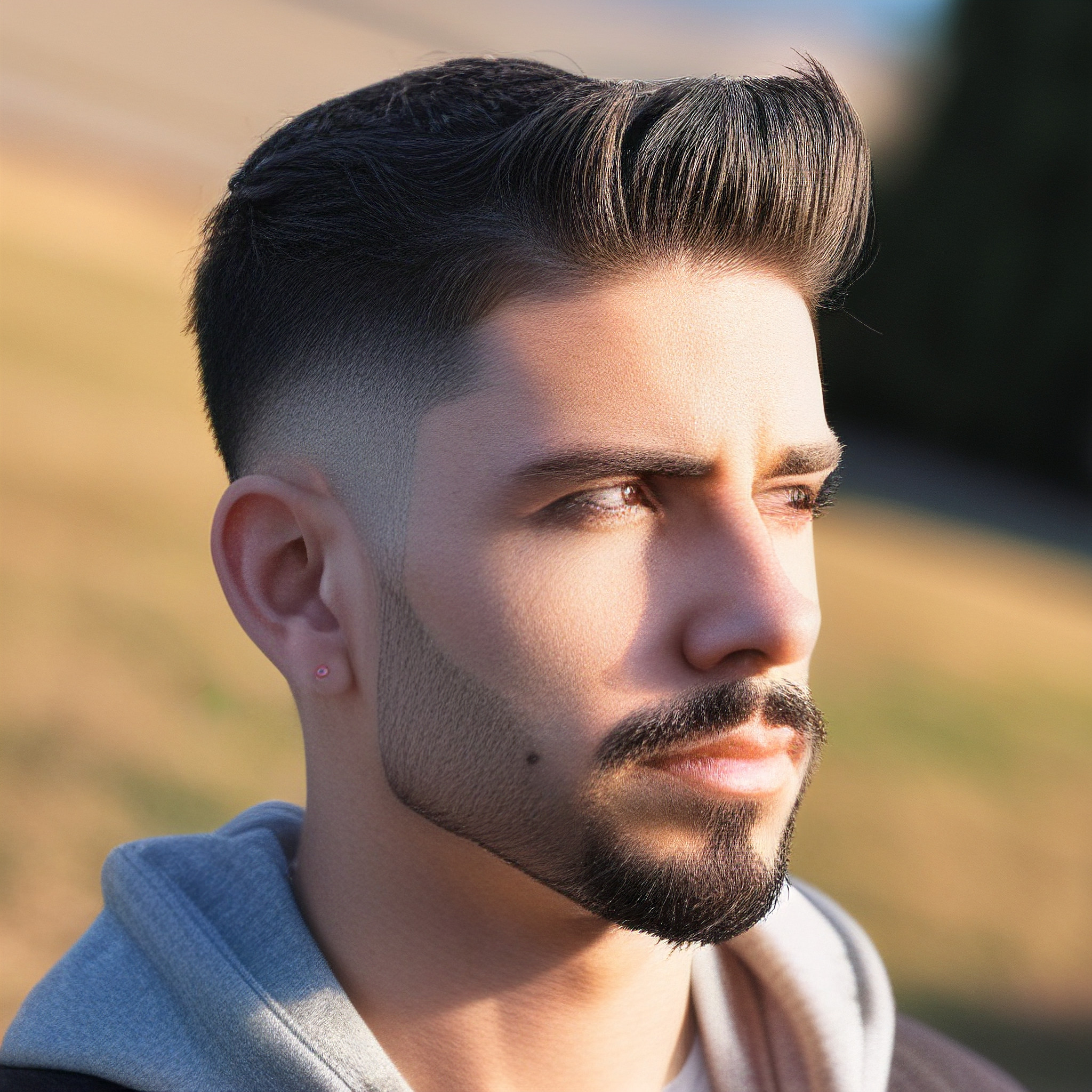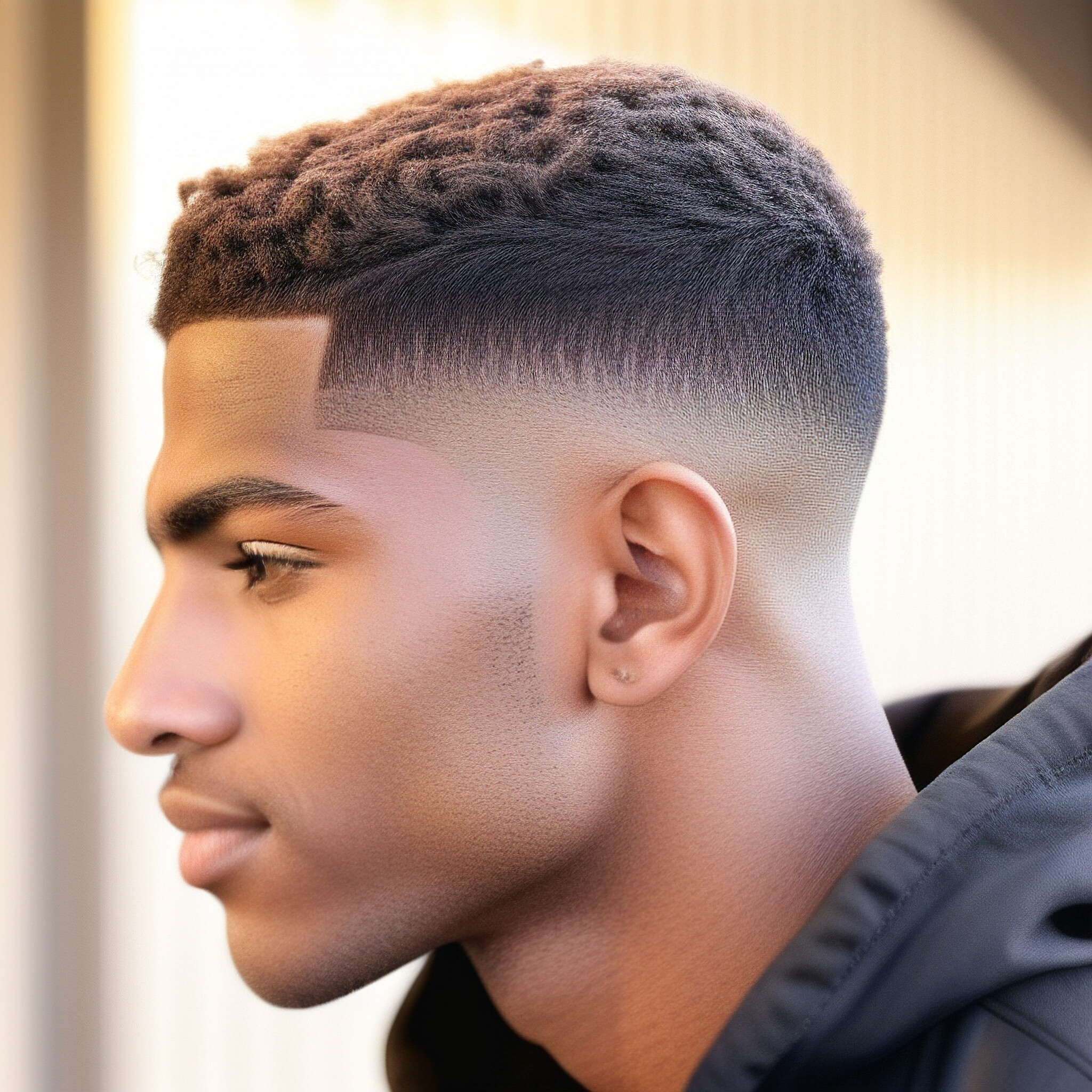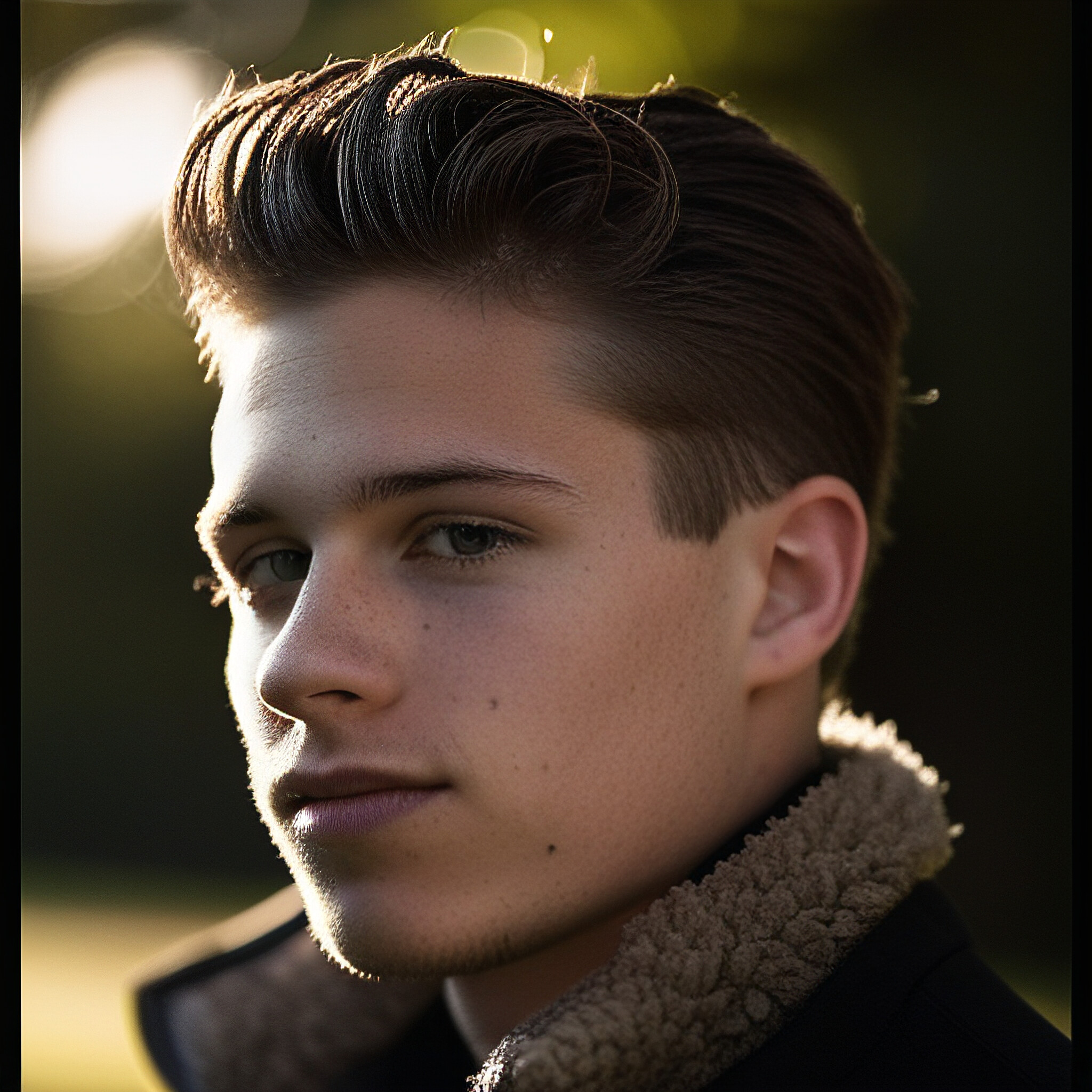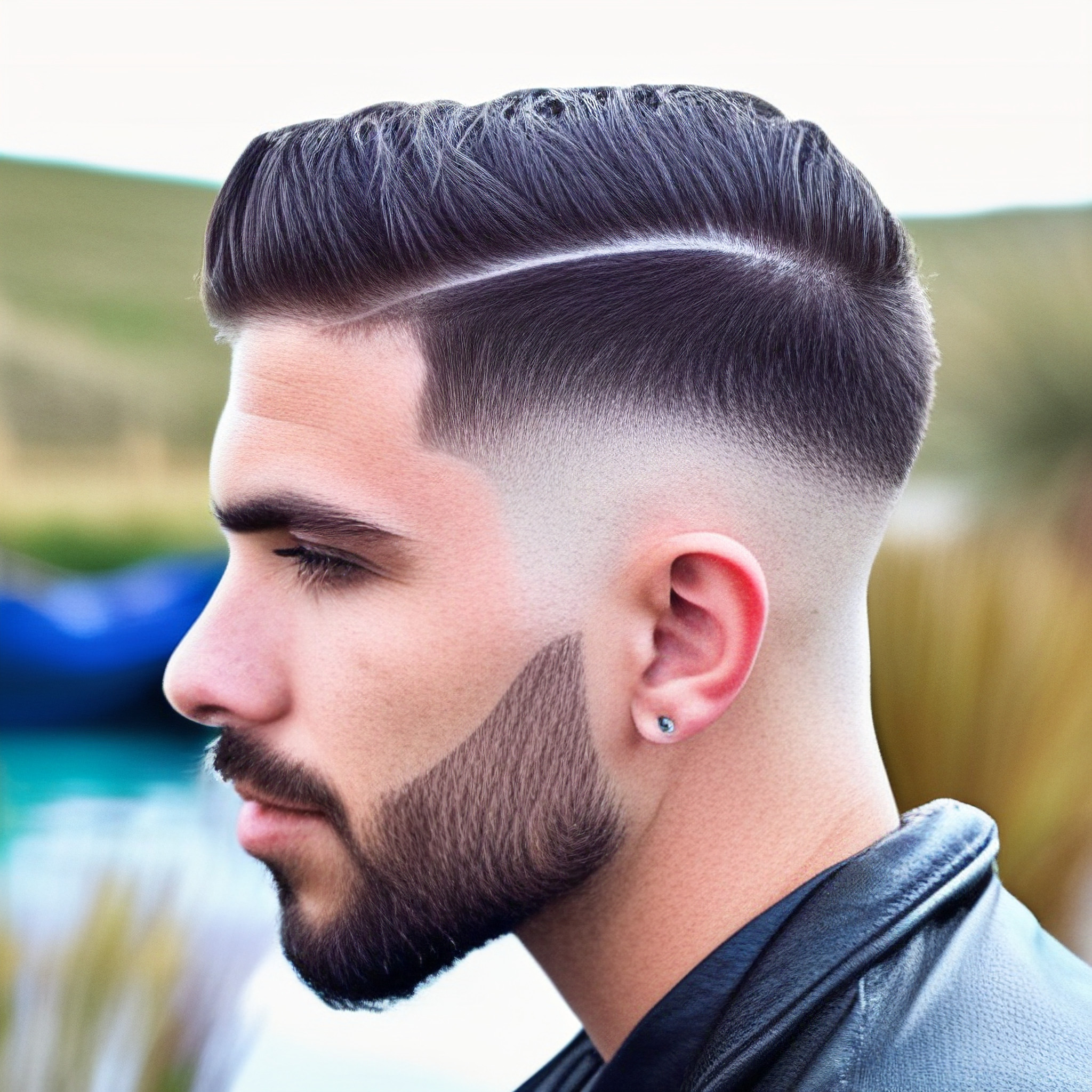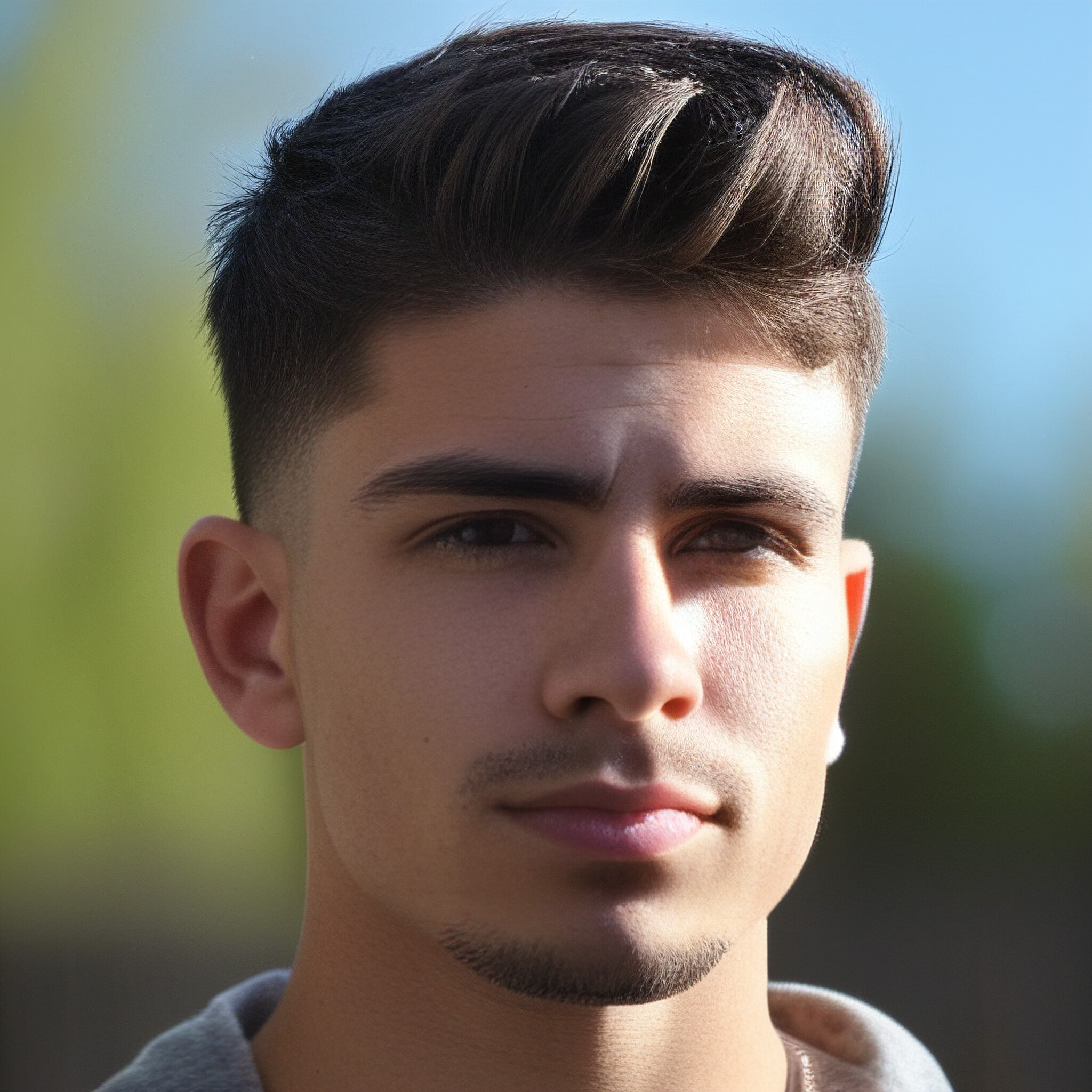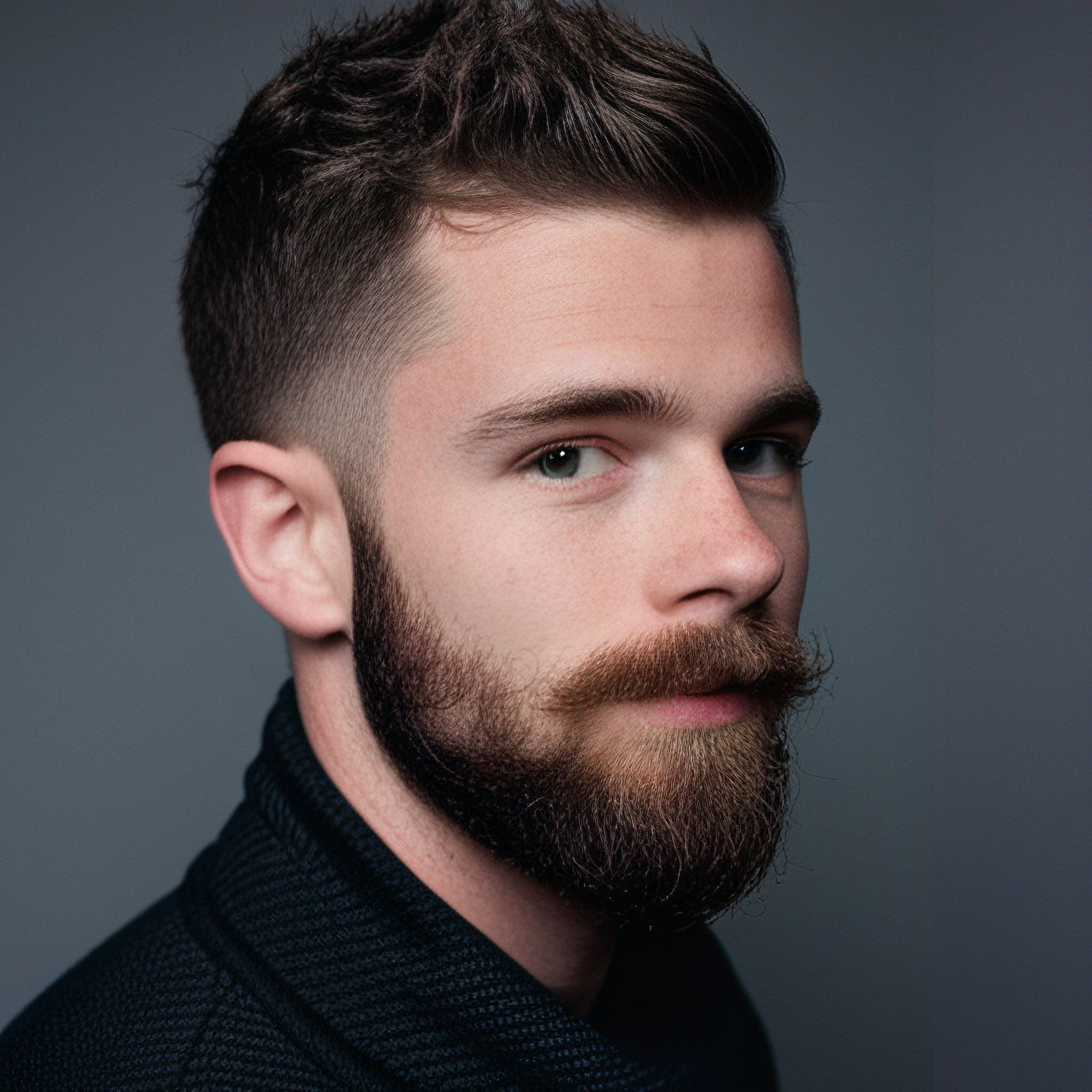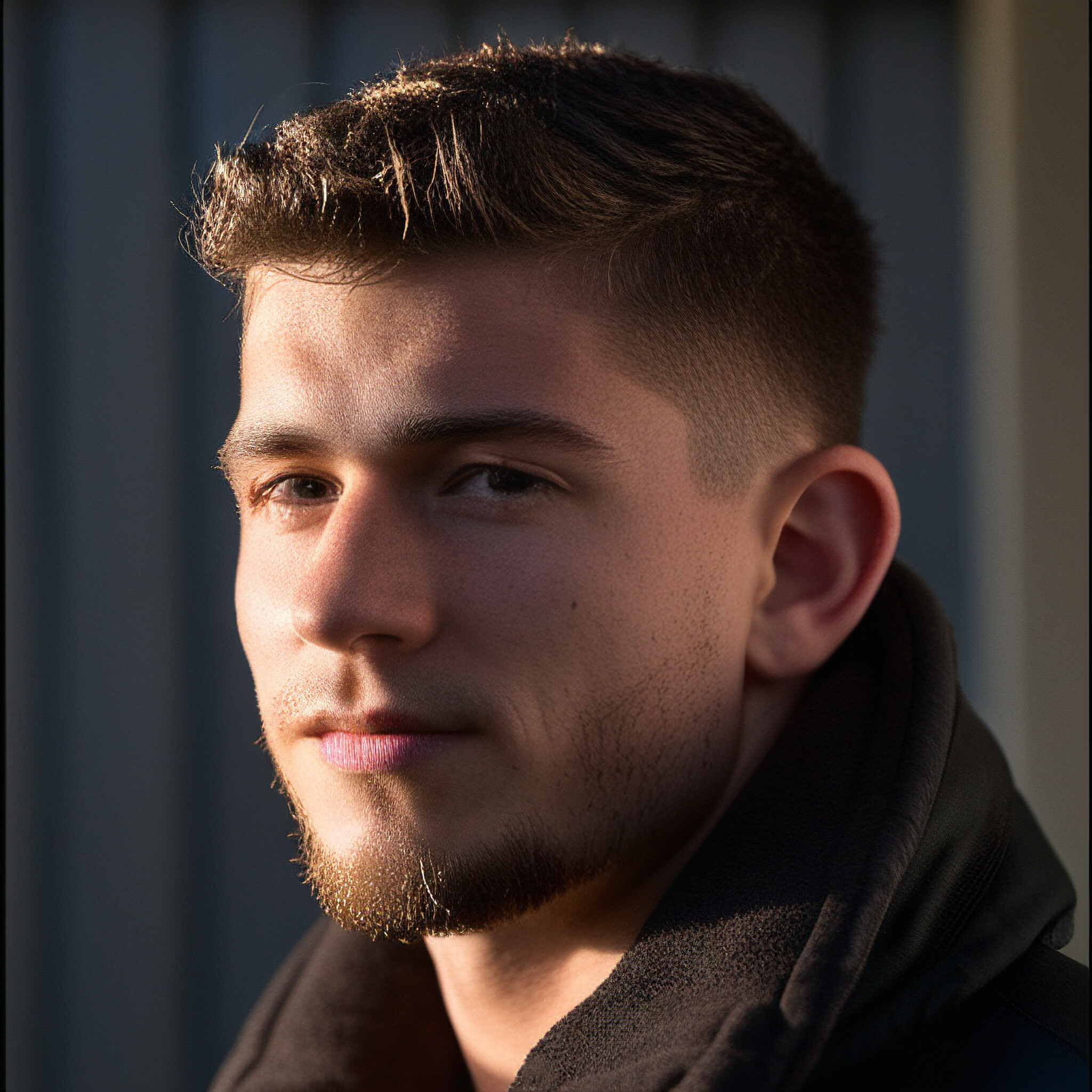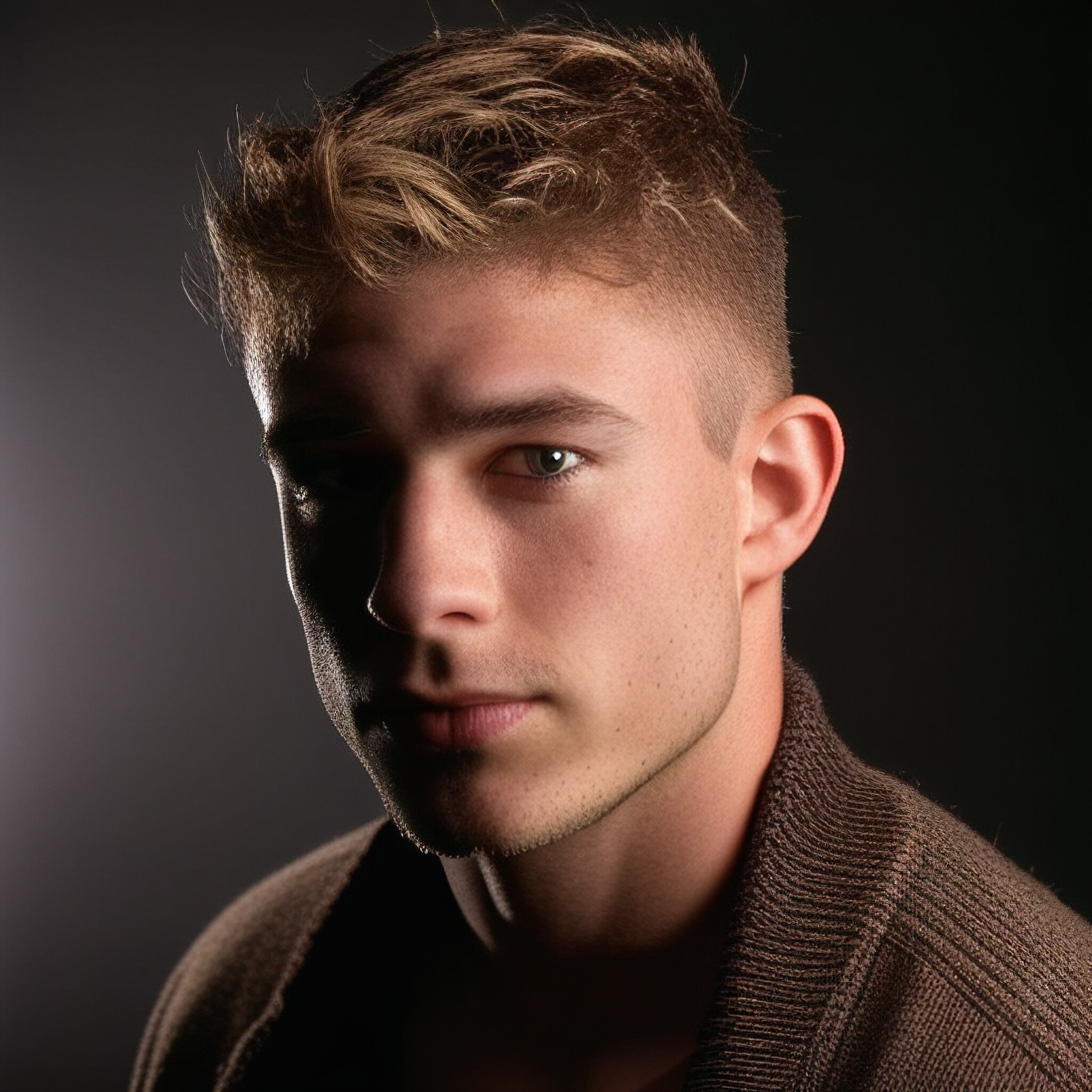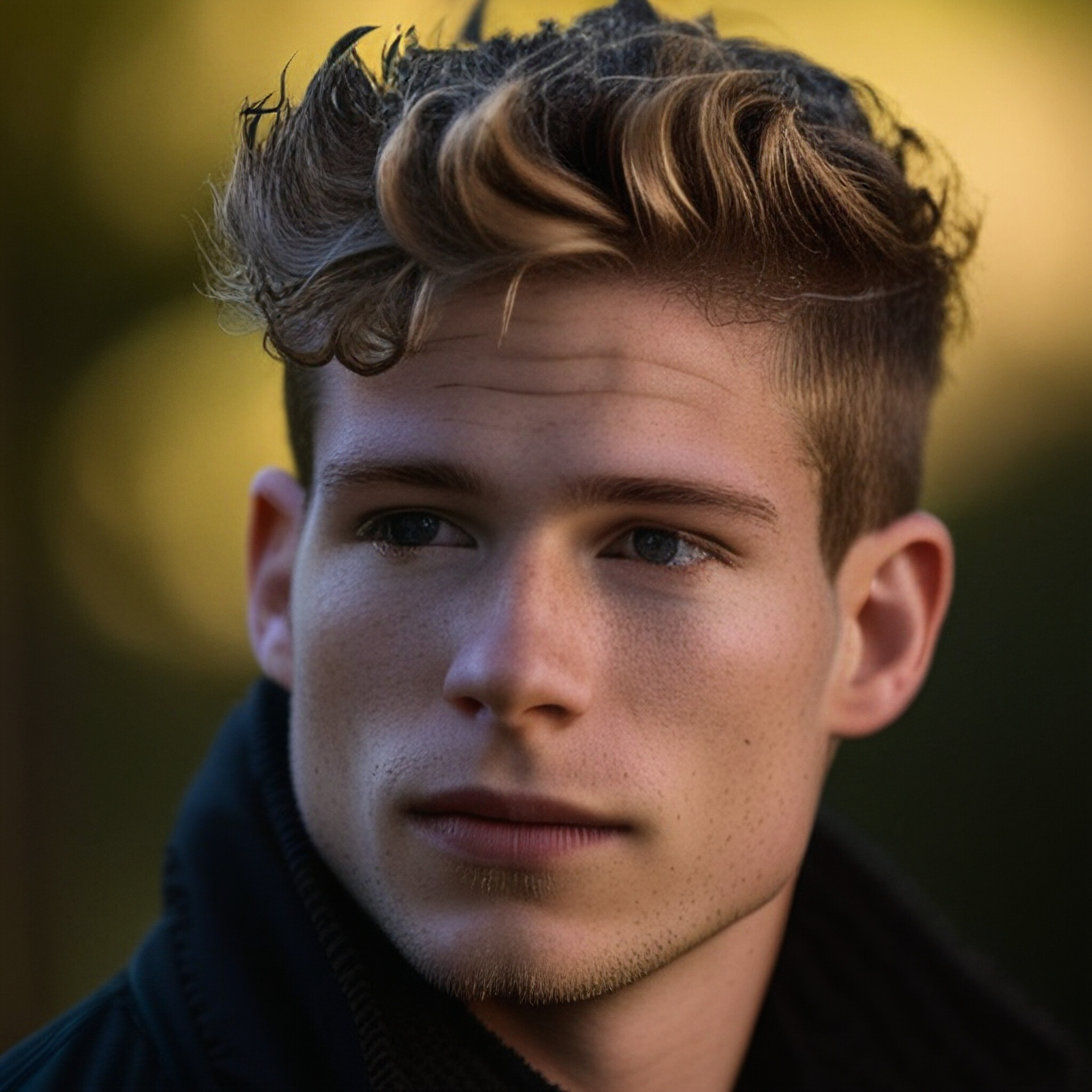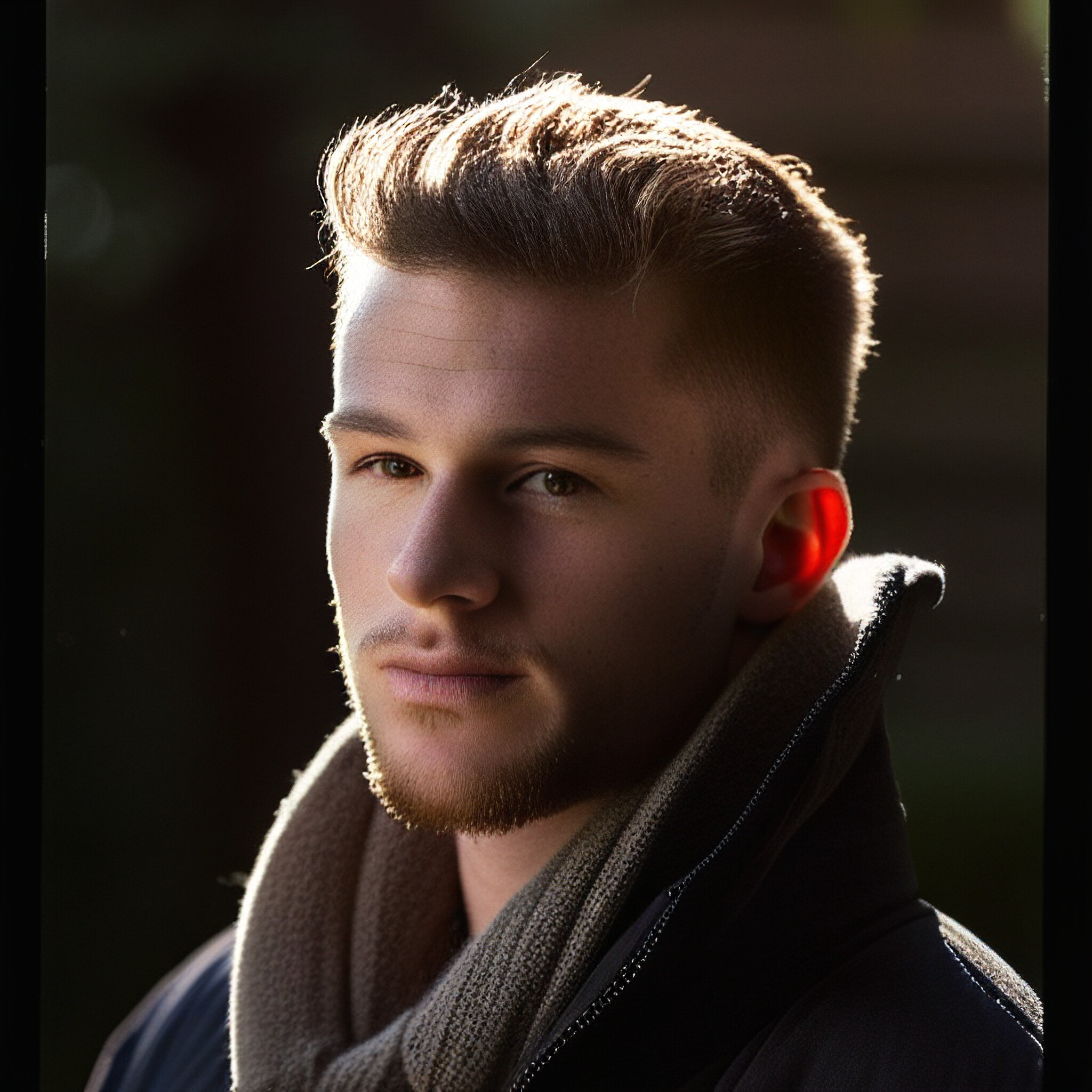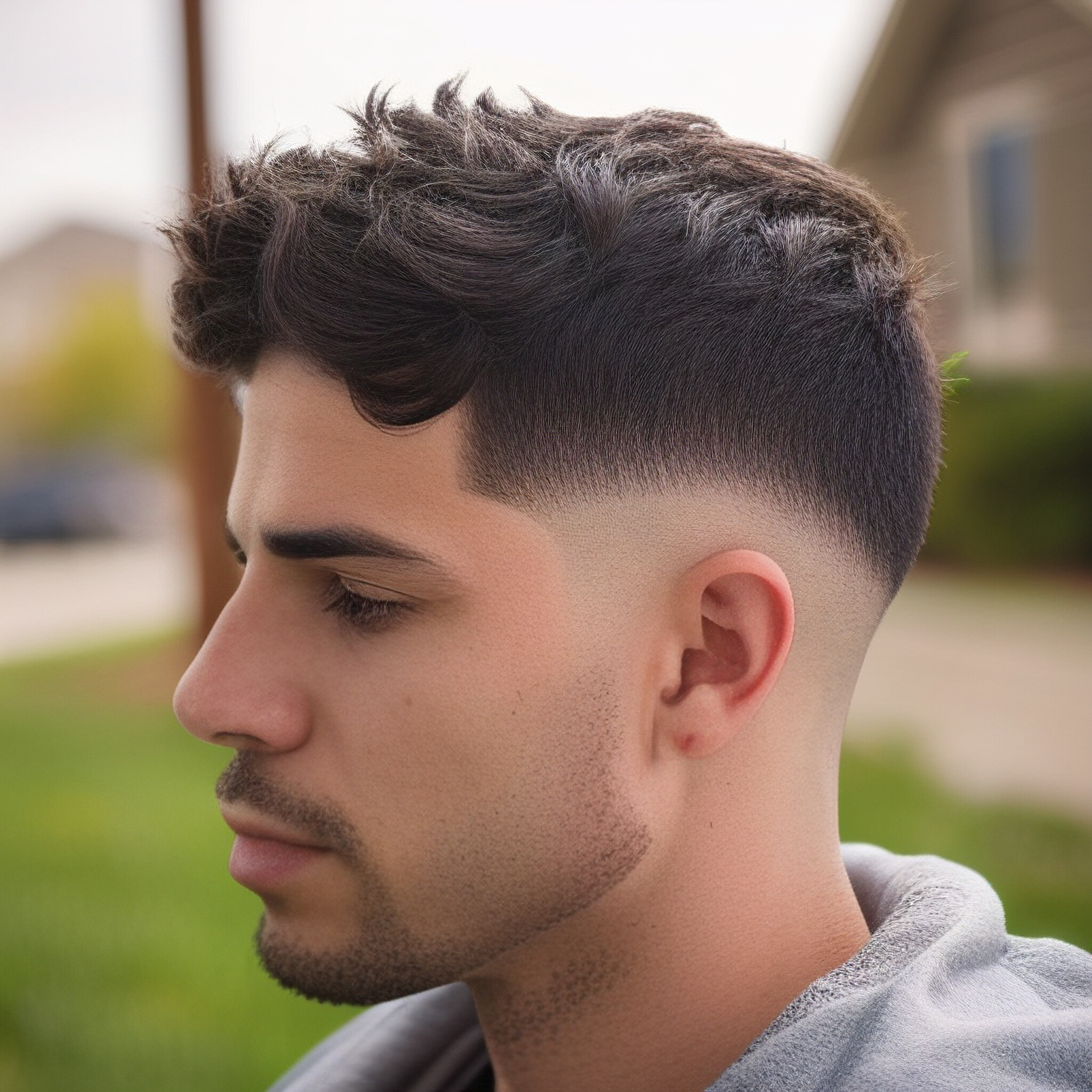Getting the perfect low fade is all about clear communication with your barber. Whether you're going for a subtle fade to complement a classic style or an edgier look, knowing how to describe what you want is key to leaving the barbershop with the cut you're envisioning. In this article, we’ll walk you through how to ask for the right low fade and ensure you get a cut that suits your style.
1. Understand What a Low Fade Is
Before you ask your barber for a low fade, it’s important to know what defines this style. A low fade starts just above the ear and gradually tapers down toward the neckline, offering a clean, subtle transition from longer hair on top to shorter sides. Unlike high or mid fades, the low fade keeps the fade line lower on the head, creating a softer, more understated look.
Key characteristics:- Begins just above the ear.
The fade gradually blends down toward the neckline.
Can be paired with various hairstyles on top, from textured crops to longer quiffs.
2. Decide on the Length on Top
The first thing your barber will ask is how you want the top of your hair to look. This is where you can get creative, as the low fade pairs well with numerous hairstyles.
Options for the top:- Long and textured: Great for quiffs, pompadours, or even messy, casual styles.
Short and neat: Ideal for buzz cuts, crew cuts, or any low-maintenance look.
Curly or wavy: If you have curly hair, leaving some length on top can create a stylish contrast with the fade.
Make sure to tell your barber how much length you want to keep on top. For example, you can say something like, “I want to leave about 2 inches on top for a textured look.”
3. Be Specific About the Fade Length
Your barber will use different clipper guard sizes to create the fade, and specifying what length you want for the fade is crucial for achieving the right look. Here’s how to break it down:
Clipper guard numbers: The guard number refers to the length of hair left after the cut. The lower the number, the shorter the cut.
#1 guard leaves about 1/8 inch of hair.
#2 guard leaves about 1/4 inch of hair.
#3 guard leaves about 3/8 inch of hair.
How to ask: You can say, “I’d like the sides to be cut with a #1 guard for a close fade, and blend up to a #3 as you move toward the top.” This will help the barber understand how short you want the fade to be at its shortest point and how gradually you want it to blend into the longer hair on top.
4. Mention If You Want a Skin Fade
If you prefer a more dramatic look where the hair fades down to the skin, let your barber know you want a skin fade. A skin fade (or bald fade) means the hair is shaved down to the skin at the shortest part of the fade, creating a more striking contrast between the top and the sides.
How to ask: Say something like, “I’d like a low skin fade that starts just above the ear and blends up.” This will let the barber know you want the fade to end at the skin, rather than a longer guard length.
5. Specify the Fade Shape
Low fades can be customized based on how you want the fade to taper around your head. There are a few different shapes and styles to consider:
Drop fade: The fade dips down behind the ears, creating a more curved, dramatic look.
Tapered fade: The fade gradually tapers off more gently around the back and sides, offering a more subtle, traditional look.
Boxy fade: The fade stays higher and more structured, with less curvature around the ears and back of the head.
How to ask: Depending on the shape you prefer, you could say something like, “I’d like a low drop fade with a curve around the ears,” or “I prefer a subtle, tapered fade at the back.”
6. Be Clear About the Hairline and Sideburns
The finishing touches can make a huge difference in how clean and sharp your low fade looks. The hairline and sideburns are often customized, so make sure you let your barber know how you want them shaped.
Options:
Sharp hairline: For a crisp, defined edge at the front.
Natural hairline: A softer, less structured look that follows the natural growth pattern.
Faded sideburns: Blended into the fade for a seamless look.
Sharp sideburns: Left longer or cut straight for a more distinct appearance.
How to ask: You can say, “I’d like a sharp, defined hairline with the sideburns faded into the rest of the fade,” or “I prefer a more natural hairline with longer sideburns.”
7. Mention Your Preferred Style for the Neckline
The neckline is often overlooked, but it can change the overall look of your fade. There are three common options:
Tapered neckline: Fades down into the skin for a clean, gradual transition.
Rounded neckline: Curves along the natural shape of the neck.
Squared neckline: Offers a sharper, more defined finish at the nape.
How to ask: Depending on your preference, you could say, “I’d like a tapered neckline that blends into the fade,” or “I prefer a squared neckline for a sharper look.”
8. Bring a Picture for Reference
Sometimes, the best way to communicate your desired haircut is with a photo. If you’ve seen a low fade you love—whether it’s on a celebrity, a model, or a picture online—bring it to your barber. This gives them a clear visual reference and helps eliminate any misunderstandings about what you want.
How to present it: You can say, “I’d like my low fade to look like this,” and your barber can adjust the style to fit your hair type and face shape.
9. Discuss Your Hair Type and Face Shape
Certain styles of low fades work better for different hair types and face shapes. Your barber can recommend the best way to adapt the fade to your specific features. For example:
Curly hair: A low fade can emphasize your curls while keeping the sides tight and neat.
Straight hair: A lower fade with more texture on top can add volume and interest.
Face shape: Round faces often benefit from fades that add height on top, while square faces suit sharp, structured fades.
How to ask: Feel free to ask your barber, “What type of low fade do you think would suit my hair type and face shape?” A good barber will know how to customize the fade to complement your unique features.
10. Be Open to Suggestions
Remember, your barber is an expert. If you’re unsure about specific details of your low fade, ask for their recommendations. They can suggest the best length, shape, and style based on your hair type and personal preferences.
How to ask: You can say, “I want a low fade, but I’m not sure about the details—what do you recommend for my hair type?” Your barber can guide you toward the perfect fade for your look.
Conclusion
Asking your barber for the right low fade doesn’t have to be complicated. By being clear about the length, style, and details you want, you’ll make sure your barber knows exactly what you’re looking for. Whether you’re going for a bold, dramatic fade or a subtle, refined look, effective communication is the key to walking out of the barbershop with a fade that suits your style perfectly.
